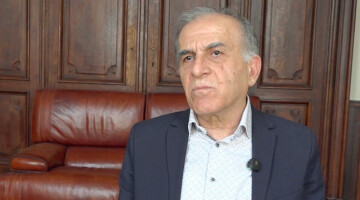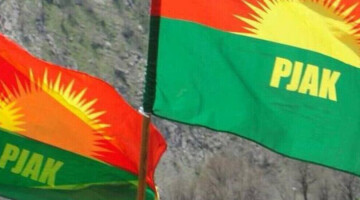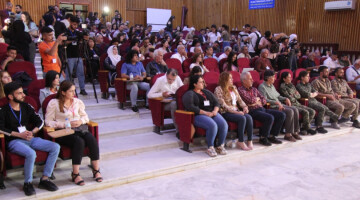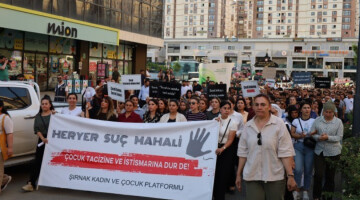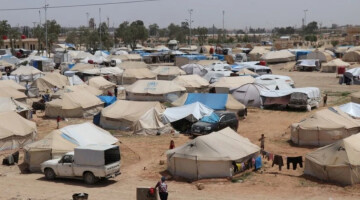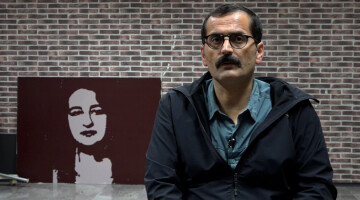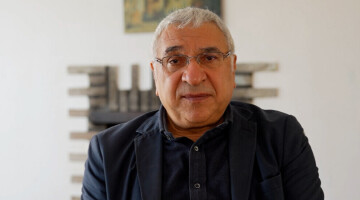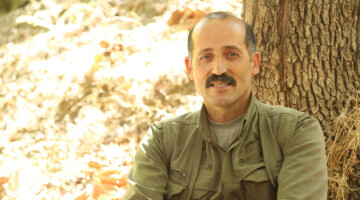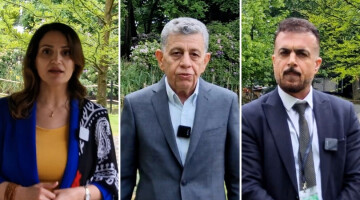Rıfat Horoz, aka Comrade Karker fell as a martyr 9 years ago. On the night of 25 June 2015, Comrade Karker was among the more than 250 people murdered as a result of the attack of ISIS mercenaries on Kobanê.
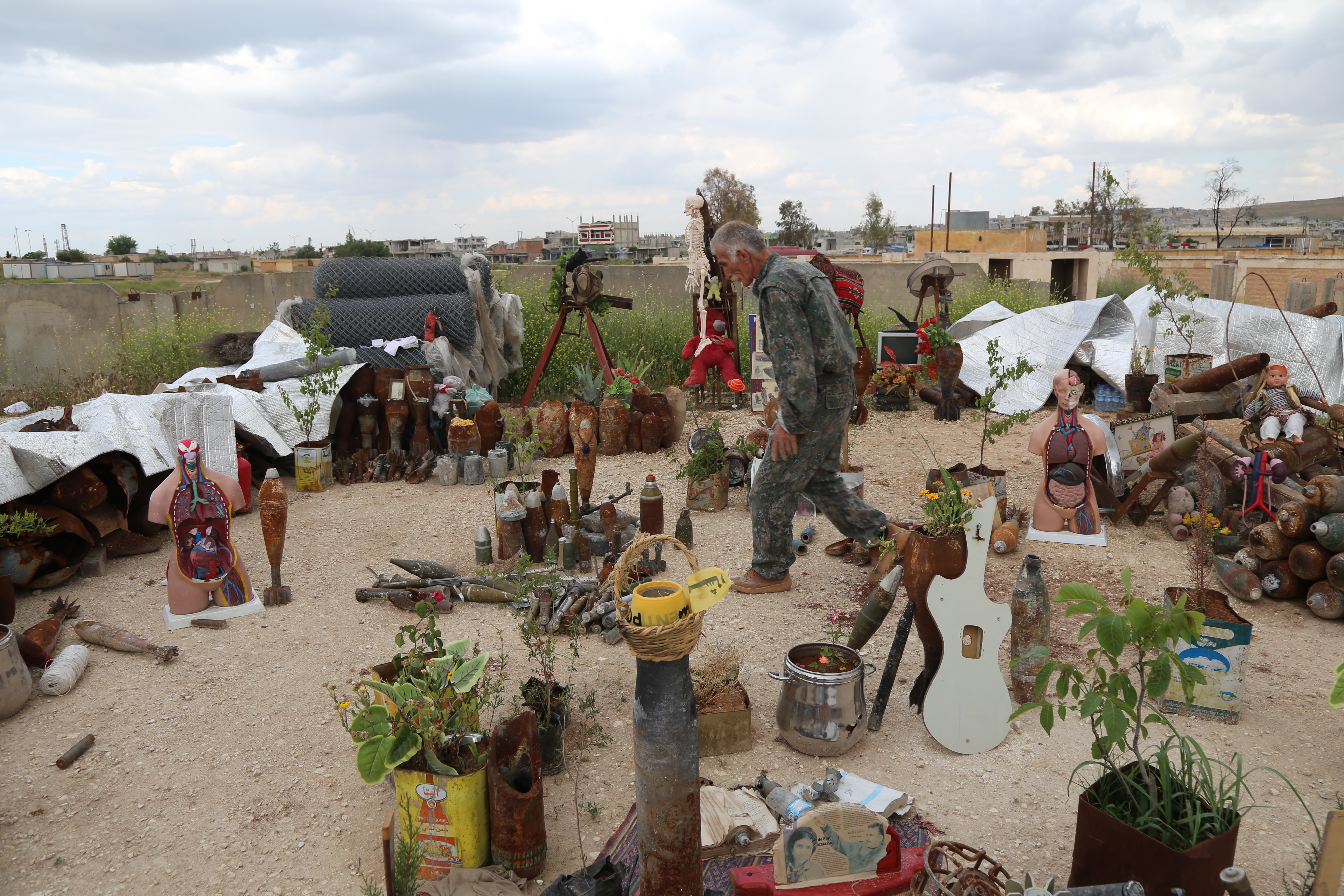
Karker Amca (Uncle) was looking at a handful of soil in his hands as if he were looking at the past of all humanity... While the soil was flowing down from his fingers to the ground, he said, "Look, girl, these lands are all Neolithic," referring to the fertile Mesopotamian lands.

He was given the codename Karker because he was a worker of these lands and the Kurdish Freedom Movement. He said with great pride, "Ez tevlê YPG'ê bume" (I joined the YPG), as there is no age limit for struggle, partisanship and even war. Comrade Karker had a strange existence, like dolls placed on the tip of a mortar, in the courtyard of war waste that he built with his own hands. 60 years old, from Sinop, Albanian and Apoist. The grandson of a grandmother who was a guerrilla before World War I, the son of a mine worker who lost his life in a mine collapse...
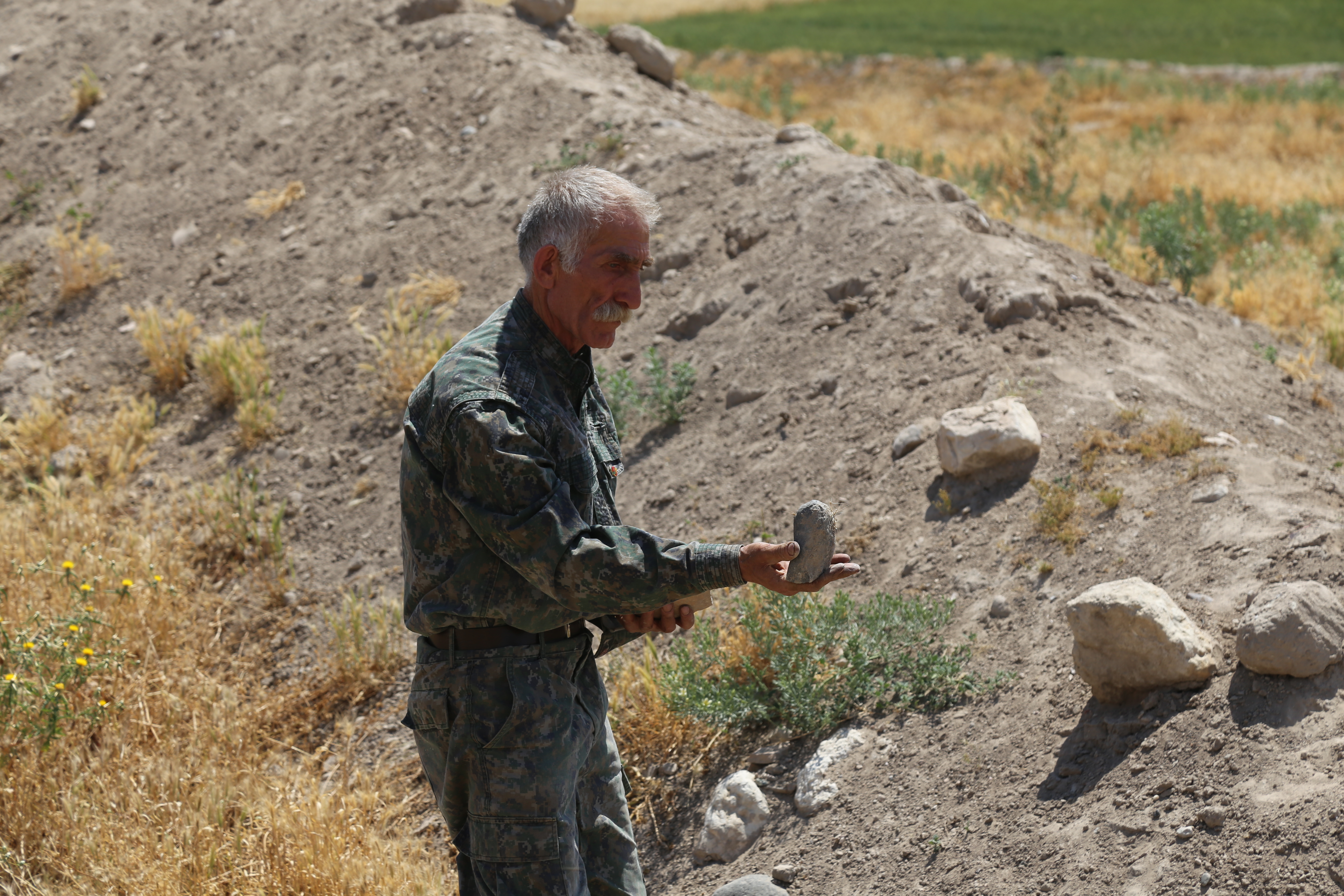
On 15 September 2014, when ISIS mercenaries attacked Kobanê, he went to Suruç after the Leader [Abdullah Öcalan] called everyone, and especially the Kurdish people, to mobilize. Committed to the saying "History is lived in the moment", it suddenly became history himself. He decided to participate by integrating his own will with the will of the party in order to be a witness and part of the resistance.

Karker Heval [Comrade] tried not to waste even a single moment because he considered himself a guest of the Leader and a worker of the Kurdish Freedom Movement. Since keeping track of the war and creating a war memory was part of being a fighter, he decided to create a war museum. Bombs, mortars, mines, etc. around. He was going to collect the debris left over from the war and establish a war museum.
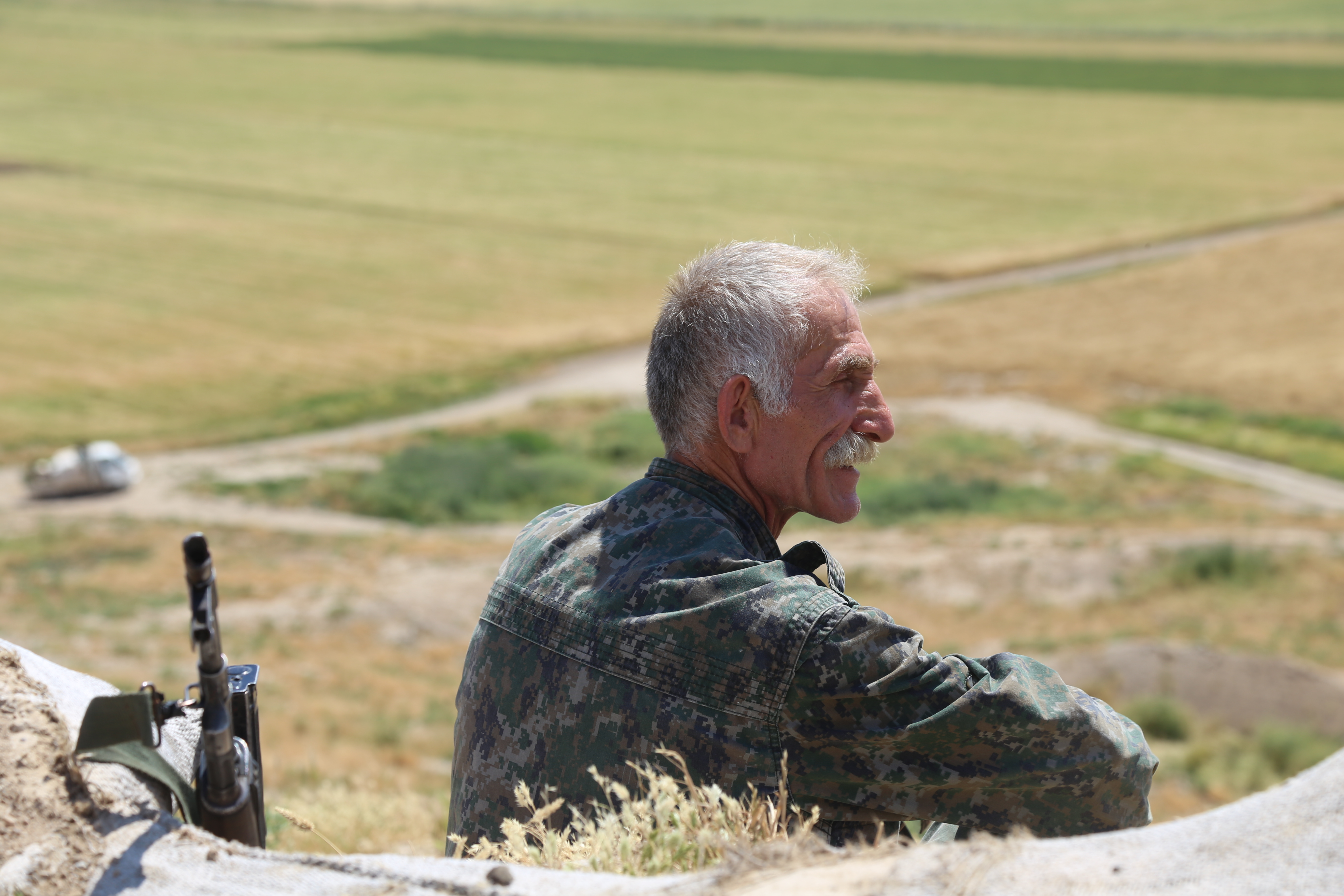
A courtyard where the remains of the war are stacked... Dolls placed on the tip of mortars, artificial flowers, human body models, dolls with half their heads torn off but still smiling, plants trying to hold on to life in oil cans and pressure cookers, rockets, mortars, mines, the Leader. Karker Heval created a colorful, real and shocking world out of the brutality of war, with a half-torn newspaper clipping in which Arin Mirkan and Öcalan were smiling together, and dozens of other pieces of memory.
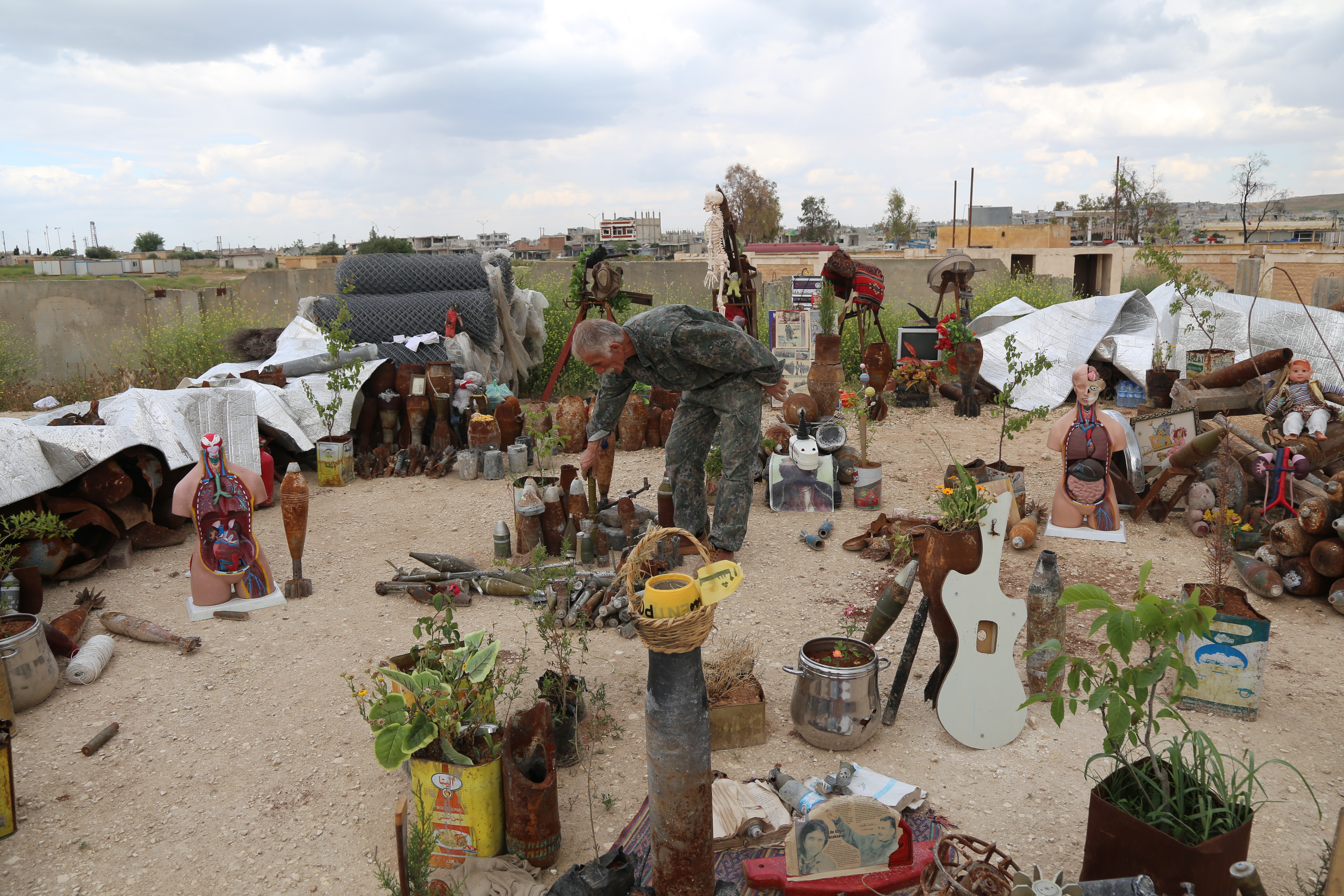
If history was happening in the moment, he was accumulating moments and memories from the history of war. He never thought that he would not be able to finish the museum from the wood on which he nailed the skeletons.
He fell a martyr while he still had a lot of work to do, dozens of memories and facts to collect.









